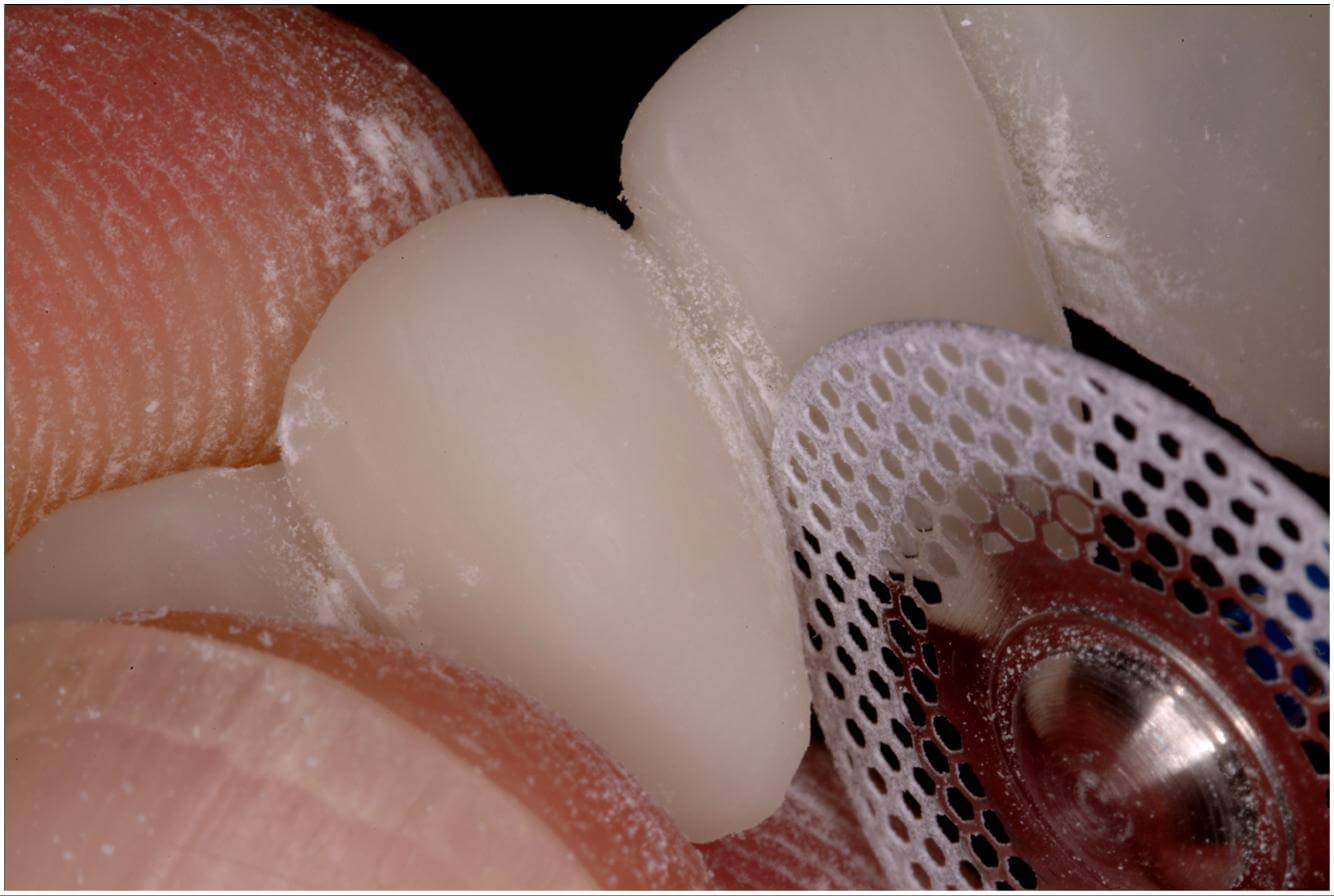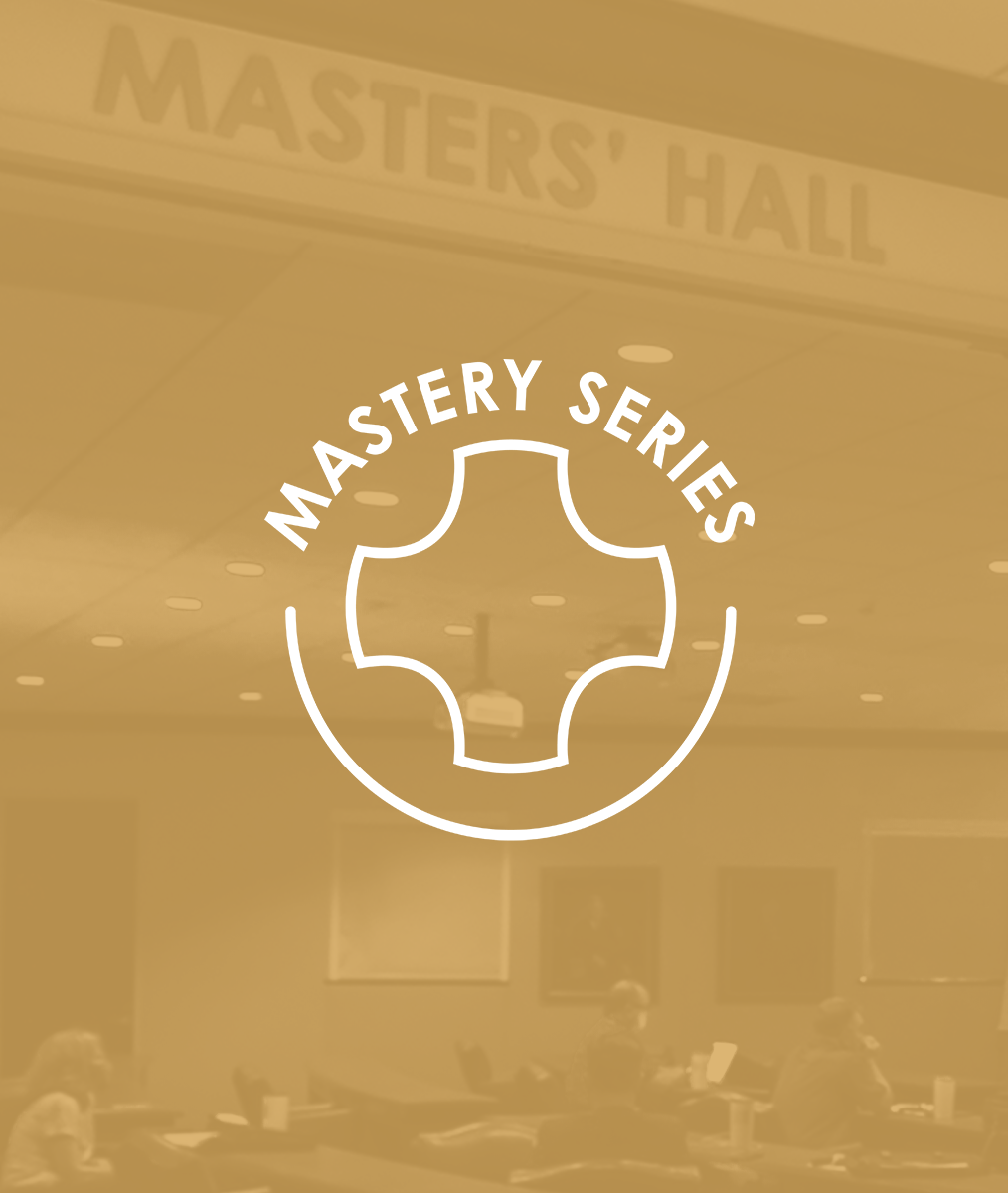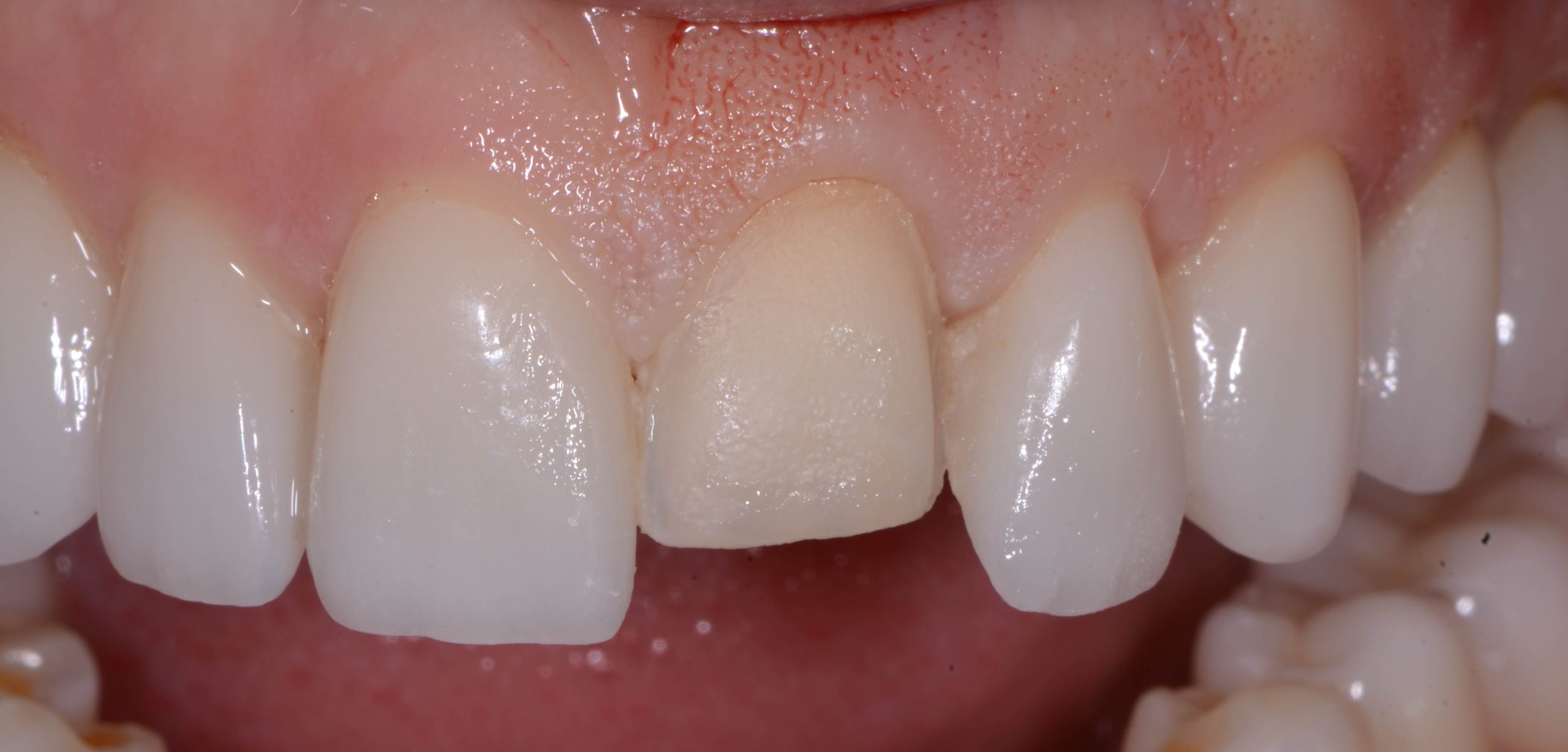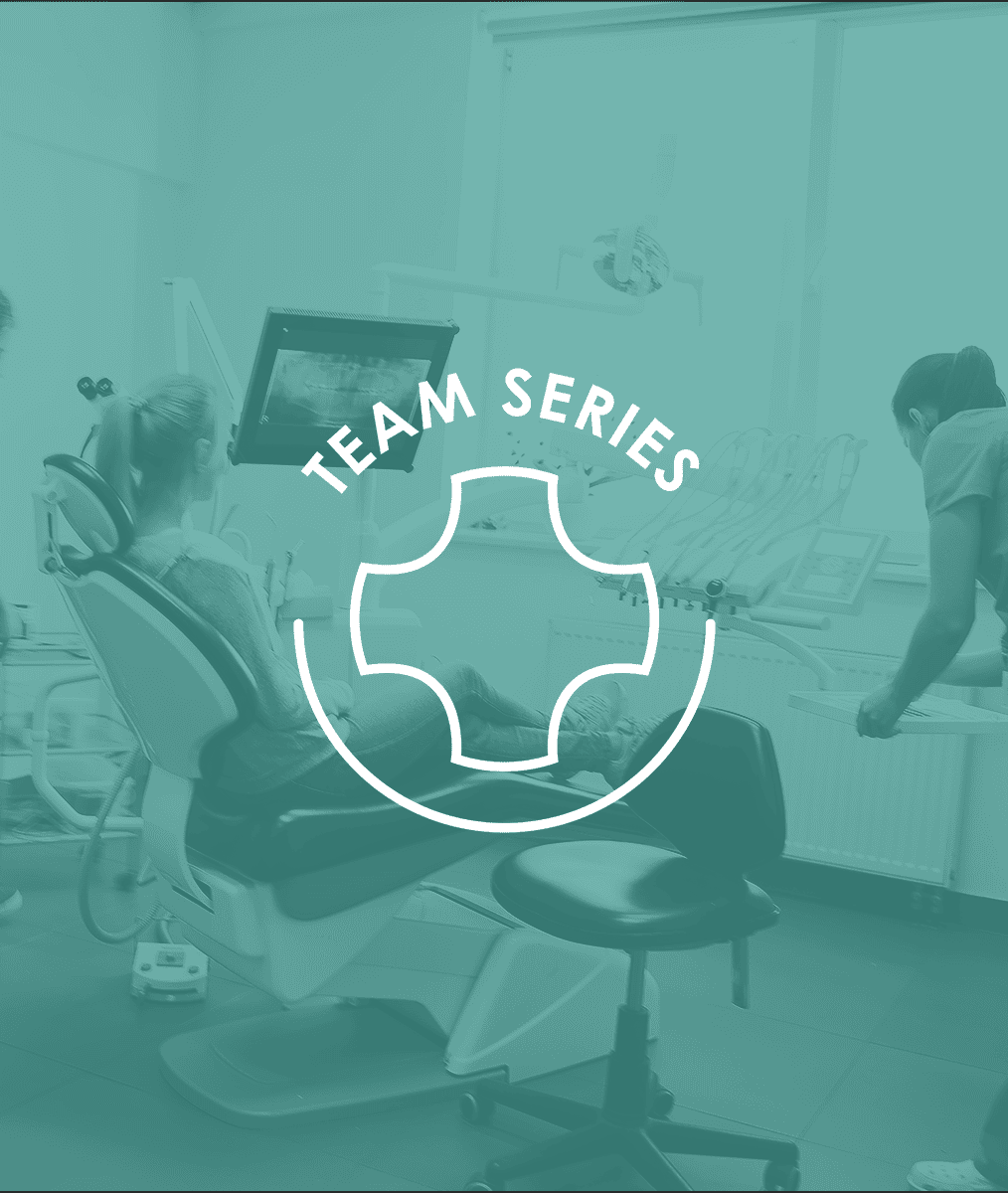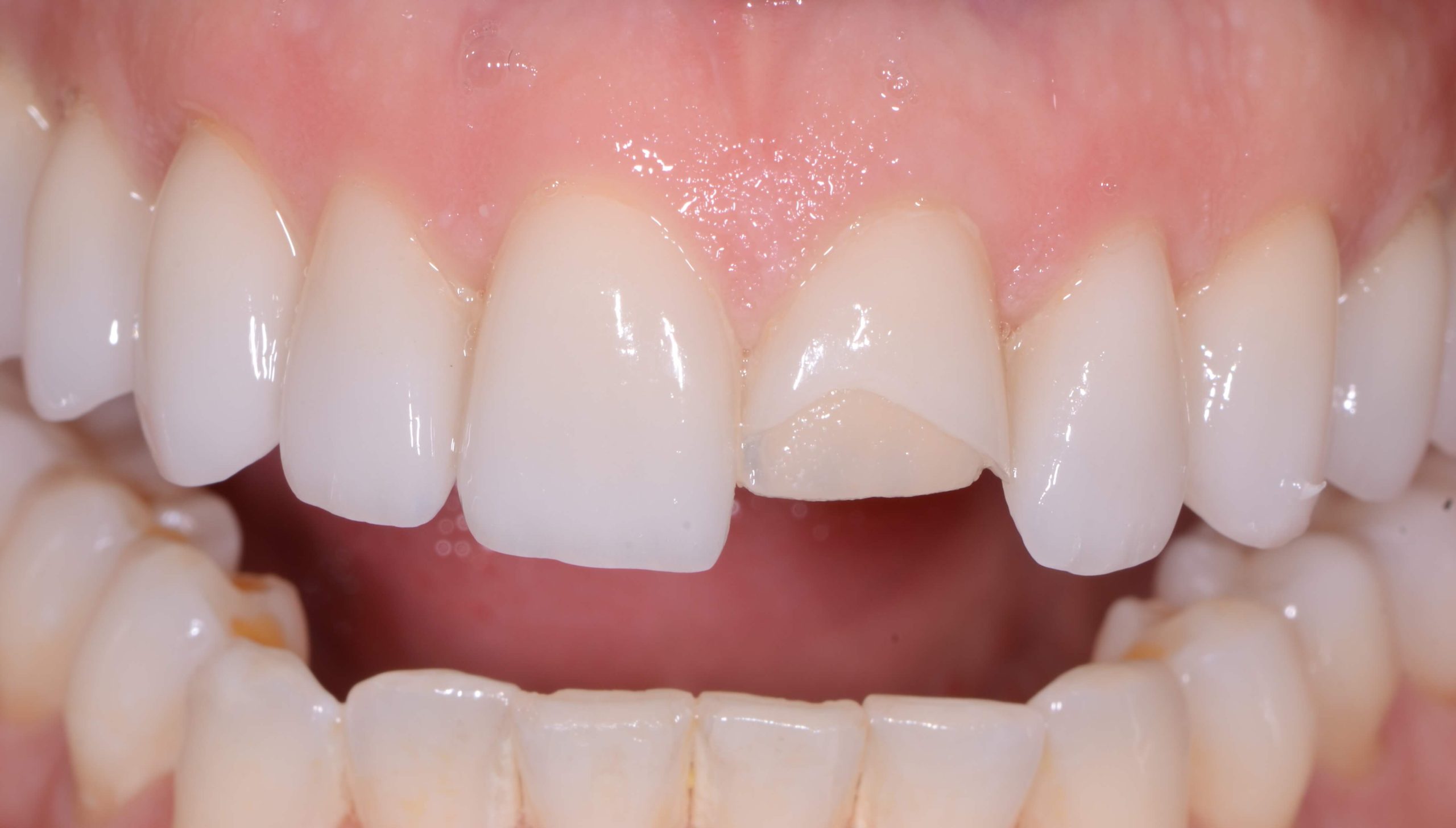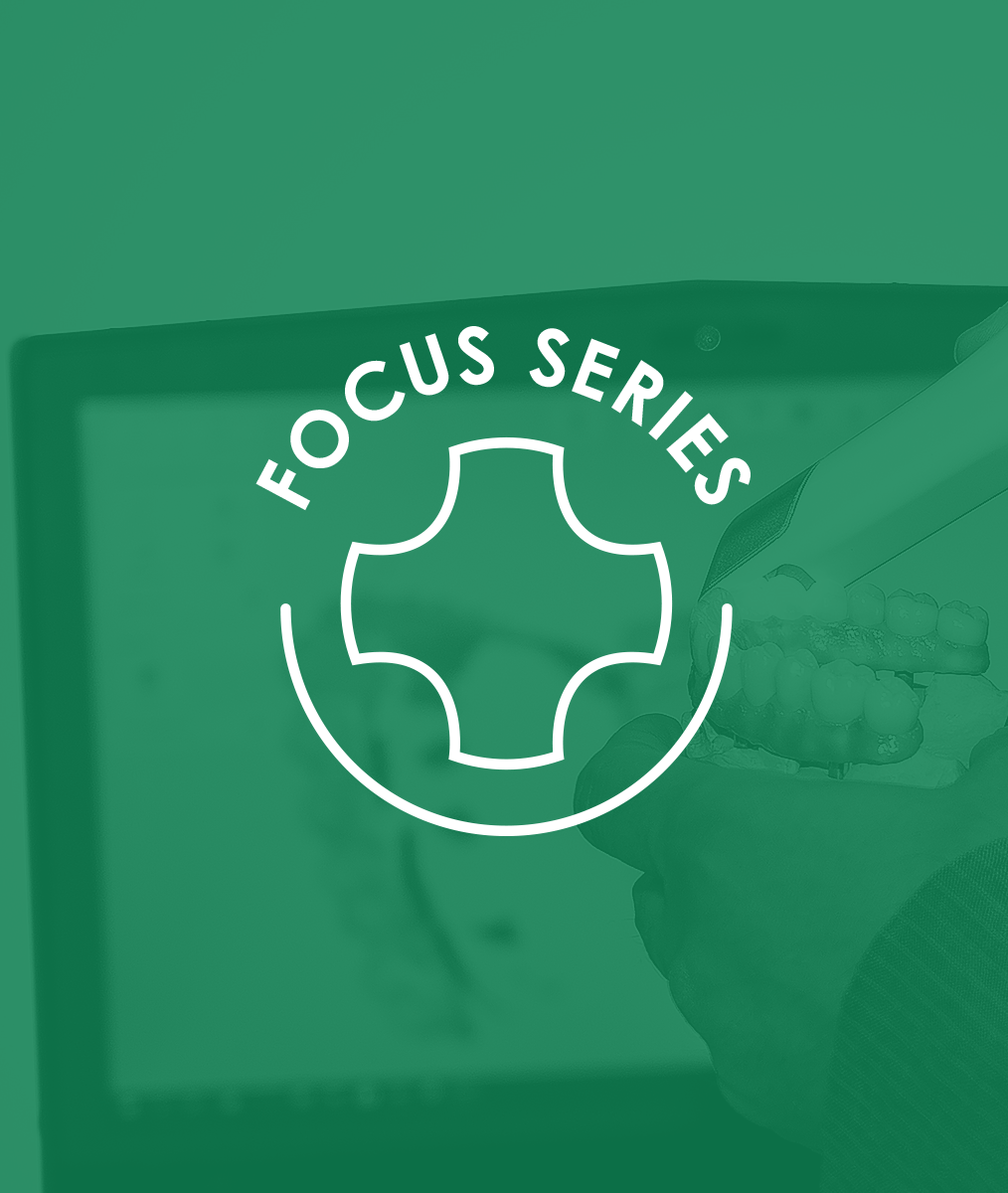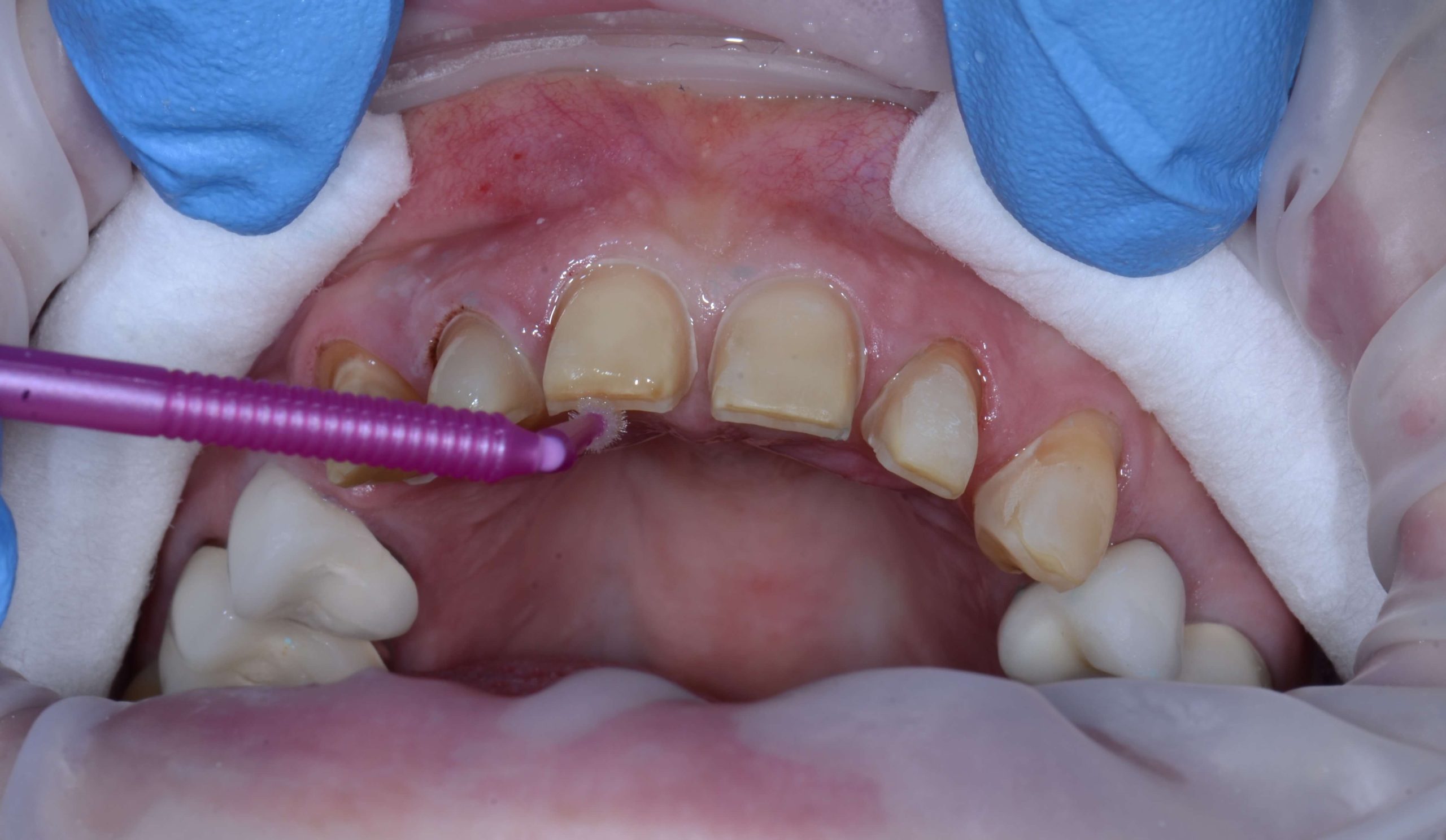Breaking Provisionals: Finding the Flaw in Your Design
The truth can be hard to face: Something is wrong with the design of these provisionals … We may be working on a broken provisional and feel the deep frustration that comes with knowing something went awry.
I challenge you, in these moments, to reframe the ‘problem’ as a mystery to be solved. You are the clinical detective who needs to work backwards a la Sherlock Holmes to figure out ‘whodunit.’
Mystery of the Broken Anterior Provisional
Remaking and adjusting an anterior provisional from the upper right to the upper left canine (for the second time) is a horror story in the making. Before you allow that narrative to take over and call the lab to have them rush the case back, remember to rely on your intuition and technical expertise.
You may not be able to call the lab because you haven’t taken final impressions. Either way, let the provisionals tell you what the flaw in the design is, rather than believe you can run the solution show.
A good first place to look and listen for answers is the occlusion. For example, if the patient reports that they wake up with headaches after you’ve placed the provisionals, you would want to look closely at envelope of fucntion. Is the patient heavy on the centrals and laterals? If so, you can begin the process of adjusting.
Methods of the Dental Detective
As you examine the issue, you may find other clues, such as that the patient is catching on the incisal edge in their return stroke from protrusive. You continue to adjust, beveling edges for a smoother transition. You leave the guidance shared between the canines and centrals, keep it smooth, but even this doesn’t stop the patient from breaking the provisional.
If you’ve ever seen or read a good detective story, you know this isn’t the time to quit. When things seem most opaque, the detective is usually at a breaking point where the parts might finally start to fit together. Once they do this, the flood gates open and they rush toward the explanation.
You will reach this point while adjusting again. In response to what you’ve learned, you begin to shallow the patient’s guidance and share protrusive with the premolars. You decide to shorten lower anteriors and increase overjet by proclining the restoration. Here, you’ve come to the solution. You need to work it out on an articulator perhaps and then go back to the mouth.
The main lesson is that we have the most to learn from cases that don’t go perfectly. Plus, it would get pretty boring if there were no dental mysteries left to solve …
Related Course
Masters’ Week
DATE: June 2 2025 @ 8:00 am - June 5 2025 @ 2:00 pmLocation: The Pankey Institute
CE HOURS: 27
Dentist Tuition: $ 8500
Single Occupancy with Ensuite Private Bath (per night): $ 345
Master Your Skills Masters’ Week is a unique learning experience each and every year where we bring together a group of talented speakers to share on a range of topics….
Learn More>
